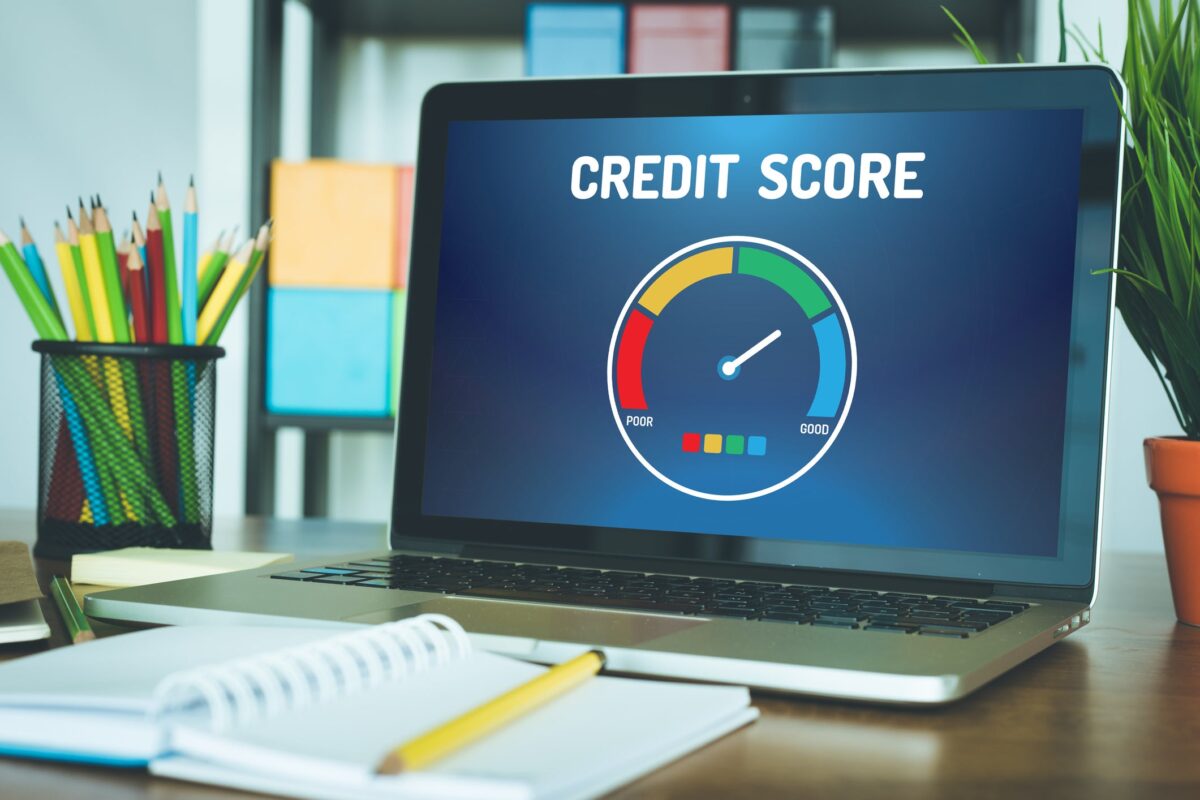
Do you remember the last time you borrowed money? Chances are, it was for one that most everyone faces at some point in their lives. Savings accounts rarely supply all the funds we need as we endure the trials and tribulations of adult life.
Of course, some of the reasons rank much higher on the probability scale than others. For example, many apply for mortgages every year, but borrowing to finance a new business is not nearly as common. Why do consumers seek out additional capital? Here are some of the top reasons.
Vehicles

Vehicle financing is one of the major engines of the modern economy. In nearly every developed nation on earth, the car and truck loan industry are a huge part of the domestic economy. The main reason is that the majority of adults own at least one car. Families with several children typically have two or more vehicles parked out front.
Moms and dads have to get to work, kids often need rides to school and evening events, and weekend family outings are impossible without wheeled transportation for the whole gang. Next to their mortgage, car loans usually represent the largest single source of debt for married couples in the U.S.
Homes

Home loan contracts, also known as mortgages, represent the single biggest piece of the national indebtedness pie. And it’s not just because so many people borrow in order to acquire a home. It’s because the amounts borrowed tend to be so high. Houses cost more than cars, vacations, boats, and anything else the average citizen purchases in a lifetime. With the possible exception of very large business loans, there’s no greater source of debt for modern people than the home mortgage.
Mortgages are considered such an essential part of life that many people who are otherwise anti-debt have no problem asking a bank or credit union to finance the purchase of a new house. A hundred years ago, many newly married couples saved for years to buy a house, as in buy without indebtedness. Nowadays, that dream is completely out of reach for all but the wealthiest one percent of the population. And, even those fortunate few who can afford to plunk down a load of cash to pay outright for a new home rarely do so. Even they opt for mortgages in many cases.
Credit Building

Young people routinely see the value in applying for loans in order to boost their credit ratings, or just to establish credit. Getting on the radar of major reporting agencies like Equifax, Experian, and TransUnion is a wise move for people in their early 20s who have never signed a loan agreement before.
By making on-time monthly payments for a year or more, it’s relatively easy to establish a credit identity, history, and decent set of scores. Some finance companies’ market credit-builder loans for the sole purpose of helping new college grads get on the financial map. Then, when it comes time for these same borrowers to purchase a home 10 or so years later, they have an easier go of it, are able to get favorable interest rates, and face few obstacles during the qualification process.
Emergencies
When emergencies arise, some people feel as if they’re stuck. If they don’t own a home or have any equity built up in one, they either have to dip into savings (if they have any) or take out a loan. For many, the best source in times of need is to test the payday loan market from ThinkSaveRetire. The good news is that this approach offers simple applications, fast funding, and the entire process can be done online.
Payday loans are a convenient, reliable way to obtain money when you need it most. Emergencies include medical bills, legal fines, rent for temporary living quarters after a disaster (often while waiting for insurance company reimbursement), fixing a disabled vehicle, and more. One of the unique characteristics of an emergency, as opposed to all the other reasons people seek financial help, is the time element. There’s often a necessity to get cash very quickly to meet pressing needs.
Education

Few can afford to pay for college or graduate school out of savings account balances. It’s just not practical or reasonable to expect anyone other than wealthy folks to cover education expenses without having to borrow.
Even middle-aged professionals who return to school for advanced degrees routinely need to find creative ways to pay for tuition, fees, and books. Compared to undergraduate coursework, graduate degrees like MBA’s and law diplomas are notoriously pricey. Along with mortgages and car loans, this category makes up one of the three most frequent reasons for consumers to fill out loan applications.
Vacations

For annual road trip vacations or long weekend trips, most families don’t need to borrow. But, for a once in a lifetime excursion, like a trip to the Olympics or an around the world cruise, borrowing is par for the course. Whenever you hear people speak about their bucket list visit to an exotic location or famous landmark, they typically finance the venture.
That’s because few working adults can come up with the cold, hard cash to pay for tickets and related expenses that massive journeys entail. Where do they get the money? When they don’t put the whole balance on credit cards, they often leverage home equity, take out personal loans from banks, or dip into retirement accounts (though that’s the absolute worst strategy of all because of the penalties).
New Businesses

Unless your new business venture is a one-person, online sales site with little to no inventory, you’ll almost certainly need to acquire funding to get your startup off the ground. Even a home-based tax-preparation service can eat up a few thousand bucks in computer peripherals, software, training courses, and marketing expenses.
Few working adults are able to put their hands-on thousands of dollars in liquid funds whenever they wish. The standard procedure is to write a business plan, fill out an application for a bank loan, and wait for approval. Then, as revenue begins to roll in after operations start, entrepreneurs repay their debt.
















